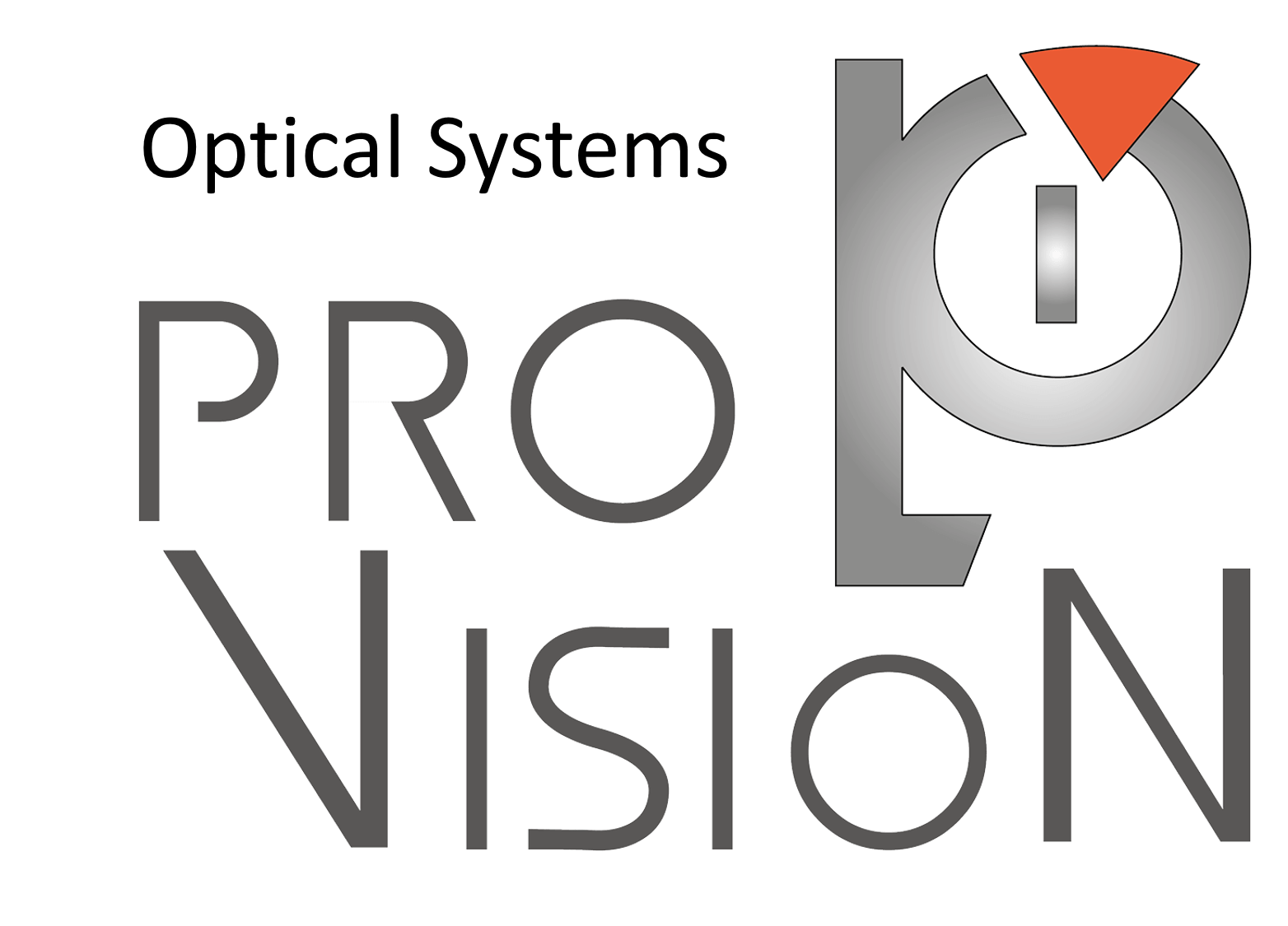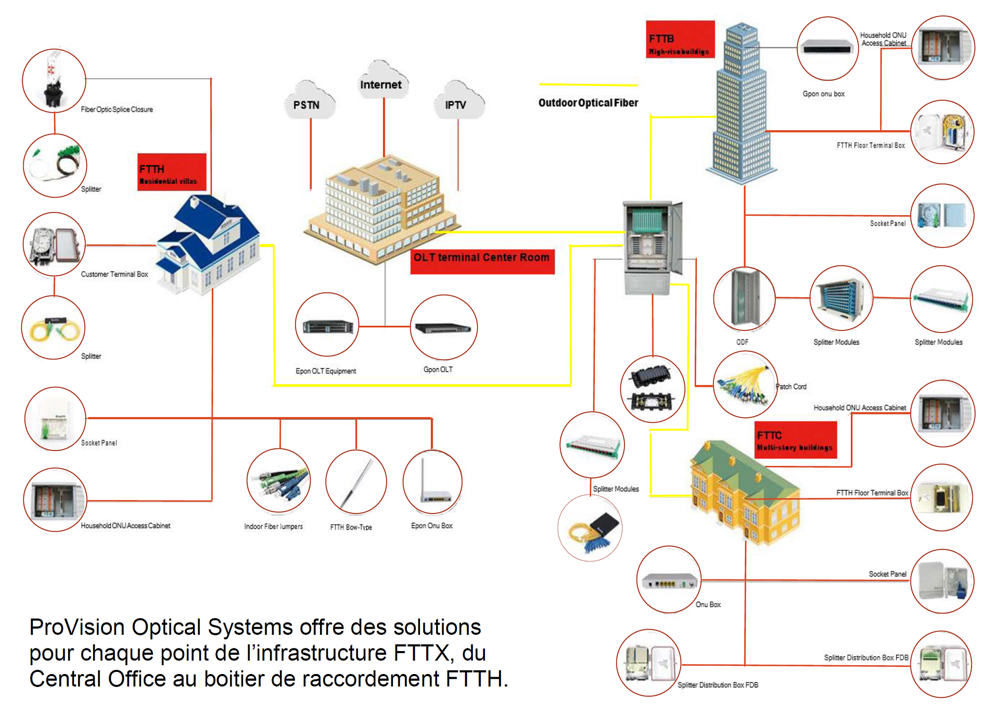ProVision Optical Systems offers an end-to-end infrastructure solution for the Central Office (CO), Optical Distribution Network (ODN), and Last Mile architecture. Our wide selection of fiber optic products, EPON, and GPON solutions can be customized for the specific needs of your next-generation network. The products and configurations offered are modular and scalable, and can therefore meet your current demands and future needs cost-effectively. The Optical Distribution Network (ODN) is a physical connectivity platform for next-generation broadband and gigabit access networks. Active FTTX solutions for content distribution: OLTs, ONUs, ONTs Passive FTTX solutions: indoor and outdoor optical cables, optical distribution frames (ODFs), cross-connect cabinets, splitter distribution cabinets, optical termination boxes, fiber fusion protection boxes, passive PLC splitters, FTTH floor boxes, optical patch cords, and other accessories.
FTTx networks
Boxes for optical distribution and termination, splitters, splicing modules, CWDM filters,
GPON, OLT, ONU, ONT transceivers...
Offer details
What is the FTTx network?
Customers are consuming more and more bandwidth. The explosion of fixed and mobile multimedia devices requires high-performance networks as close as possible to subscribers.
Today, telecommunications operators are widely deploying FTTx technology to meet this need, a broadband network architecture using optical fiber as close as possible to subscribers at home or at the bottom of a building in a company or for a residence. We are talking about FTTH, FTTN, FTTC, FTTB, FTTP networks which differ depending on the point of arrival of the fiber in relation to the subscriber.
FTTH
FTTx is commonly associated with residential FTTH (fiber-to-the-home) services, and FTTH is arguably one of the fastest-growing applications worldwide. In an FTTH deployment, optical cabling terminates at the edge of private space, reaching homes and business offices, where families and employees can more easily use the network.
FTTN
In an FTTN (fiber to the node) deployment, the optical fiber is terminated in a cabinet that may be located a few kilometers from the customer's premises. The final connection from the street cabinet to the customer's premises typically uses copper. FTTN is often an intermediate step toward full FTTH and is typically used to provide advanced triple-play telecommunications services.
FTTC
In a fiber-to-the-end (FTTC) deployment, the optical cabling typically terminates within 300 meters of the customer's premises. Fiber optic cables are installed or used along the roadside, from the central office to the home or office. Using FTTC technology, the final connection between the curb and the home or office can use coaxial cable. It replaces the old telephone service and enables various communication services over a single line.
FTTB
In a fiber-to-the-building (FTTB) deployment, the optical cabling terminates at the building. Unlike FTTH, which uses optical fiber inside the subscriber's home, FTTB only reaches the building's electrical room. The signal is carried over the final distance using any non-optical means, including twisted-pair communication, coaxial cable, wireless connection, or a high-voltage line. FTTB applies dedicated access. The customer can thus enjoy high-speed Internet 24 hours a day by installing a network card in their computer.
FTTP
FTTP is a North American term used to encompass both FTTH and FTTB deployments. Fiber optics are used for an optical distribution network from the central office to the subscriber premises. Because fiber optic cable can provide higher bandwidth than copper cable over the last mile, operators typically use FTTP to deliver voice, video, and data services.
FTTx network applications
Thanks to its high bandwidth potential, FTTx is closely associated with the triple play of voice, video, and data services. And the world has now evolved beyond triple play to an environment of converged multi-play services requiring high bandwidth. Applications such as IPTV, VOIP, RF video, interactive online gaming, security, web hosting, traditional internet, and even smart grid or smart home are widely used in FTTx networks.





